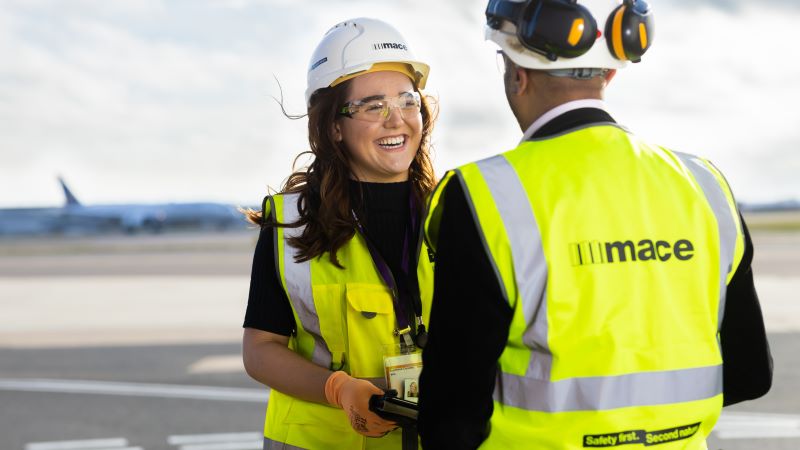Lima 2019: Unlocking productivity through innovative procurement
Since mid-2017, Mace has been working on behalf of the Department for International Trade (DIT) – as part of a UK Delivery Team consortium (UKDT) – to help deliver the venue infrastructure for the Lima 2019 Pan American and Parapan American Games.
In this article, Project Director, Frank Randles, explains how Mace set out a delivery strategy resulting in a refreshed and revitalised procurement approach, providing a unique blend of established practice and innovation, to overcome the most significant barriers to success.
We have a privileged role influencing the delivery of the Lima 2019 Games. We’re focusing on developing and executing the overarching infrastructure delivery strategy, establishing and implementing an integrated Programme Management Office function, and supporting the delivery of key venues. It’s a role that’s given us an in-depth view of the entire programme, helping us to identify areas for improvement across its lifecycle, and assure delivery for all the stakeholders.
Indeed, when we were appointed to the project, it quickly became clear to us that the Peruvian procurement approach would not achieve the necessary requirements for an international sporting event in the timescales available. Change was needed.
Ineffective procurement is commonly a major blocker on big projects, despite a general appreciation that doing it well makes things much easier down the line. In Lima, the system hadn’t been working, so we knew that we needed to be innovative in order to meet the needs of the project, while addressing historic issues around lack of transparency in the Peruvian public sector, ensuring international best practice, and leveraging the capabilities of the Peruvian market.
Aligning the procurement approach to the delivery strategy was key to success in Lima.
Procurement is not a ‘one size fits all’ process and, irrespective of the type of project or location, it’s imperative that careful consideration and planning takes place before diving into the ‘doing’. This was especially so in Lima, with timescales dictating we got it right first time. With that in mind, we carried out a detailed assessment of the complex situation, considering all manner of factors, such as the status of the project and how the market normally responded to public sector tenders, as well as the potential risks, opportunities and priorities associated with change. Following that process, we established an NEC Option F approach as the new form of contract on the project.
The clarity provided by NEC Option F set the precedent for a simple and effective delivery strategy, which:
- Took control of the risk
- Brought the best contractors the market could offer on board as early as possible
- Built collaborative project teams, leveraging their local knowledge and enabling innovation
- Focused the contractor on delivery and best practice project management processes
- Incentivised the contractor for performance and avoid confrontation and dispute.
The NEC suite is tried and tested across the globe and we were confident that there would be an option that suited the needs of Lima 2019. It was, however, the decision to think outside the box and craft an approach that facilitated such a profound change. Our innovative approach has ensured that contracts have been adapted to the works, rather than the other way around. This has made things more tangible for the supply chain and has kept programme disruption to an absolute minimum. For instance, each of the five main procurements were delivered to 12-week programmes.
This tangibility has had a significant impact, boosting confidence in the sector and driving a truly competitive procurement process, where an average of 15 compliant bidders have participated per infrastructure contract, compared to just 1.6 in normal Peruvian public sector tenders. It’s a concept which can work anywhere. If the chosen approach to procurement is developed in the context of the market and encourages supply chain engagement early on, it’s likely to generate a positive response.
The turnaround in Lima has been phenomenal, with the construction industry rising to the challenge. The NEC contracting approach has facilitated a procurement process that is fast, simple, adaptable, collaborative, and delivery focused. Through early contractor involvement and enhanced transparency, it has built trust across the supply chain. It’s also encouraged contractor innovation, while facilitating a shift away from the overly prescriptive regime that was in place previously.
Perhaps most importantly, however, is the long-term benefits good procurement practice can have, particularly in less mature markets. For instance, our contracting approach on the Lima 2019 Games is genuinely helping to transform the construction industry in Peru. It’s leveraged positive behaviours across the Peruvian public sector, and there is now real confidence that the US$160billion infrastructure gap in Peru can be closed.














